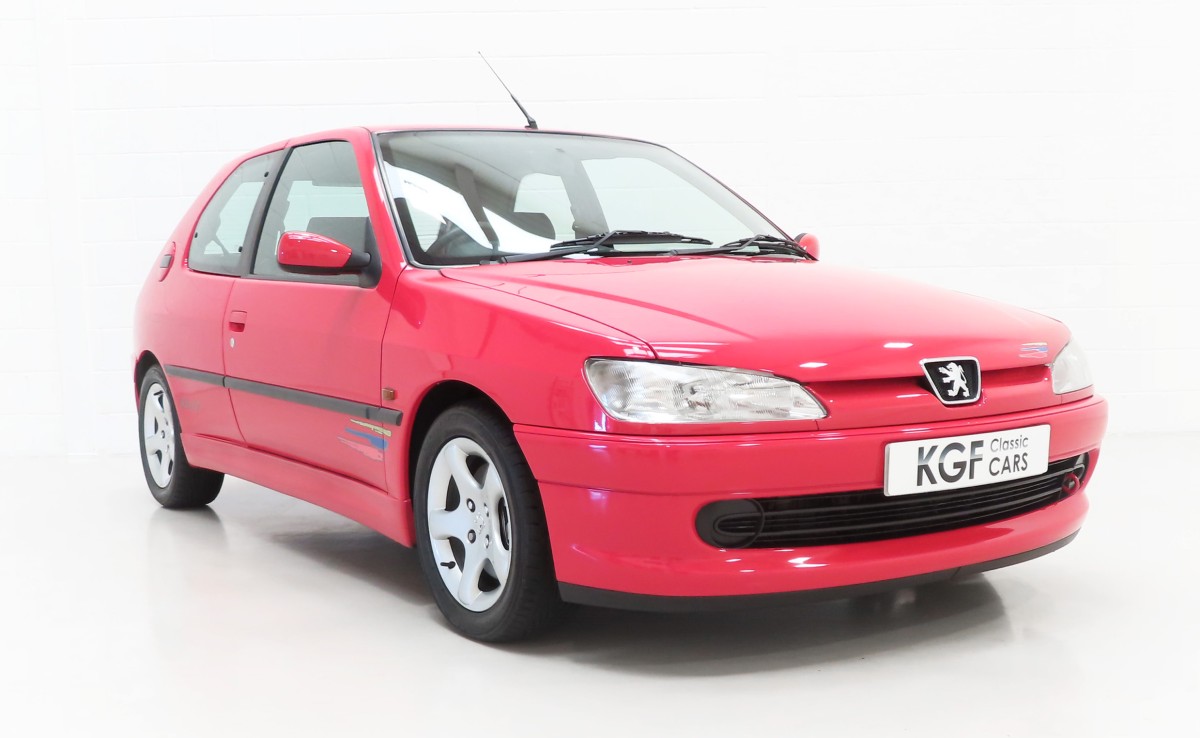

The Peugeot 306 is a highly popular small family car produced from 1993 to 2002, renowned for its excellent handling, comfortable ride, and a wide variety of body styles and robust engine options.
Overview
Mechanically similar to the Citroën ZX, the 306 was praised for its refined chassis design, which included passive rear-wheel steering for enhanced stability and precision on the road. It was a strong competitor to vehicles like the Volkswagen Golf and Opel Astra. While initial models received a three-star Euro NCAP safety rating, later models (post-1999 facelift) had improved safety features including standard ABS and multiple airbags. The performance-oriented GTI-6 variant, featuring a 167 bhp engine and 6-speed manual gearbox, is considered one of Peugeot's last great hot hatches.
Common Problems and Reliability
The 306 is generally reliable, especially the robust diesel models, with an average lifespan of well over 140,000 miles. However, prospective owners should be mindful of a few recurring issues:
Rear Axle Wear: The rear suspension's trailing arm bearings are prone to wear at high mileages; if neglected, this can lead to costly repairs or a full axle replacement.
Electrical Gremlins: Issues with central locking, electric windows, heater matrix, and the airbag warning light (often due to loose under-seat cables) are commonly reported.
Engine Maintenance: Regular maintenance, including timely timing belt changes (every three years or around 60,000 miles), is critical to prevent engine damage. The 1.4L petrol engine can also be susceptible to cylinder head gasket issues.
Rust: While generally good, rust can take hold on older models, particularly around the lips of the rear wheel arches and sometimes the front floor pan.
The 1.9 TD and later 2.0 HDi diesel engines are highly recommended for their combination of economy, performance, and durability.